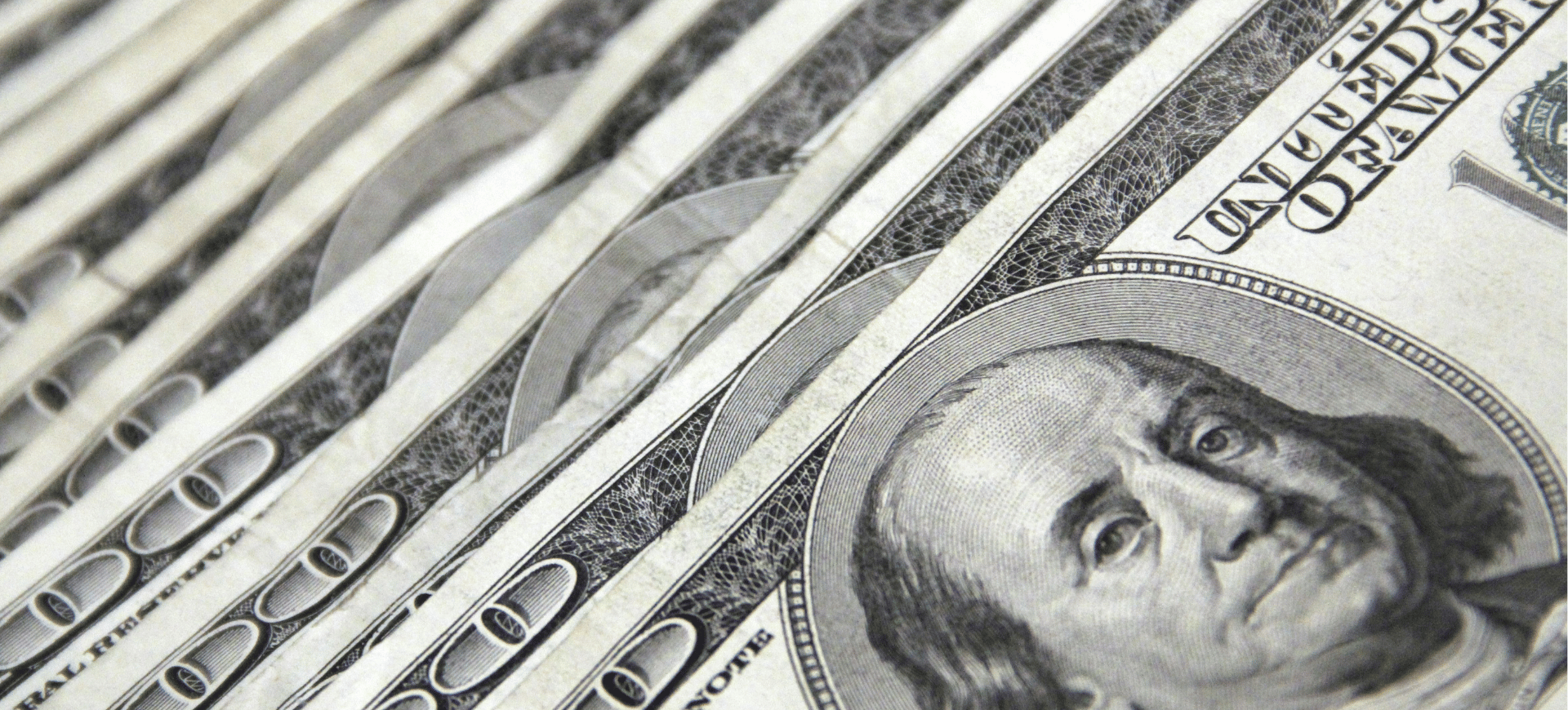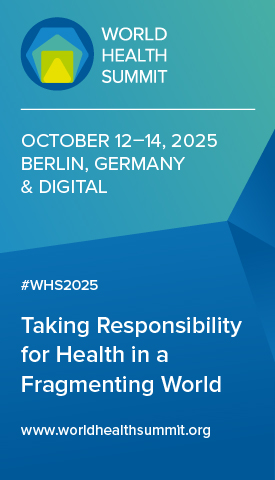What is the Role of Capital Markets in Alleviating the Climate Crisis?
To achieve the United Nations’ Sustainable Development Goals (SDGs) by 2030, an unparalleled scale of investment is required, highlighting the pressing need for substantial financing across diverse sectors and regions. At their best, capital markets serve humanity by providing the necessary capital to build infrastructure, develop resilient economies, and, crucially, fight climate change. We cannot shy away from the role that capital markets need to play in generating a better and more sustainable world for the future.
SDG investment gaps
Beyond social issues, one of the primary focuses of the SDGs is environmental sustainability, recognizing the urgent need to address climate change, protect ecosystems, and ensure the sustainable use of natural resources. Goals related to clean water and sanitation aim to provide universal access to safe and affordable drinking water while promoting sustainable management of water resources. Affordable and clean energy goals focus on ensuring access to modern, sustainable energy for all.
Meeting the SDGs by 2030 will require unprecedented levels of investment, underscoring the critical financing needs that span across various sectors and regions.
According to the United Nations Conference on Trade and Development (UNCTAD), achieving the SDGs will necessitate an estimated annual investment of US$5 trillion to US$7 trillion globally1.
This substantial funding requirement encompasses a wide array of critical areas, including infrastructure, healthcare, education, and climate action. UNCTAD further notes that developing countries alone face an annual SDG financing gap of about US$4 trillion, up from US$2.5 trillion in 2015 2.
This highlights the urgent need for world-class capital markets, the mobilization of private sector resources, innovative financing solutions, and enhanced international cooperation to bridge this massive shortfall. Moreover, the COVID-19 pandemic which diverted resources toward immediate health and economic responses, and away from long-term development goals, further exacerbated the financing challenges. UNCTAD notes that the US$4 trillion annual investment needs are less than 1% of total global financial assets, estimated at US$440 trillion according to 2021 data from the Bank of International Settlements (BIS) 3.
The Organization for Economic Co-operation and Development (OECD) reports that official development assistance (ODA) remains a vital source of funding for many low-income countries, yet it alone is insufficient to meet the SDG targets 4. Enhanced global financial architecture, including debt relief initiatives and increased development aid, alongside innovative financing mechanisms from the capital markets, such as green bonds and social impact bonds, are imperative to ensure sustained progress.
Capital markets, with their expansive reach and deep pools of liquidity, offer an unparalleled opportunity to attract private sector investment into SDG-aligned projects. For example, green bonds, social impact bonds, and sustainability-linked loans can tap into the growing appetite among investors for socially responsible and environmentally sustainable investments. This not only helps bridge the financing gap, but also aligns the interests of investors with the long-term goals of sustainable development, fostering a more resilient and inclusive global economy.
Since the adoption of the SDGs in 2015, there has been a significant surge in the issuance of green bonds, social impact bonds, and sustainability-linked loans, reflecting a growing commitment to sustainable finance. According to the Climate Bonds Initiative, the global climate bond market experienced remarkable growth, with annual issuance increasing from just US$42 billion in 2015 to over US$870 billion in 20235. As of March 2024, the cumulative issuance of green bonds had surpassed US$4.4 trillion across 43,000 instruments, driven by strong investor demand and heightened corporate and governmental focus on environmental sustainability. This dramatic increase highlights the critical role of green bonds in financing projects that address climate change and environmental protection, aligning with SDG goals.
Sustainability-linked loans, which tie borrowing costs to the borrower’s performance on sustainability metrics, have also gained traction. According to The Asset, annual issuance of sustainability-linked loan issuance soared from virtually zero in 2015 to approximately US$300 billion in 2023, although down from a peak of about US$500 billion in 2021 6. This growth underscores the increasing importance of incorporating environmental, social, and governance (ESG) criteria into financial decisions, encouraging companies to adopt more sustainable practices in line with the SDGs. These trends demonstrate the financial sector’s critical role in advancing sustainable development through innovative financial instruments.
Furthermore, capital markets can stimulate greater collaboration between the public and private sectors. Public-private partnerships (PPPs) can play a pivotal role in scaling up investments, as governments can provide initial funding and policy support to de-risk projects, making them more attractive to private investors. Additionally, innovative financial mechanisms such as blended finance can combine public and private capital to enhance the viability and impact of SDG initiatives. By fostering such synergies, capital markets can amplify the efforts to close the SDG financing gap, ensuring that the global community moves closer to achieving the 2030 SDGs.
Africa’s potential
Achieving the SDGs by 2030 presents a challenge of gigantic proportions for Africa specifically, with massive investment gaps that need to be addressed. According to UNCTAD, Africa faces an annual SDG financing gap of about US$200 billion to US$300 billion 7. This funding shortfall spans critical areas such as infrastructure, healthcare, education, and climate action. The AfDB estimates that the continent needs around US$130 billion to US$170 billion annually for infrastructure development alone, yet current investment levels are only around US$67 billion, leaving a substantial gap 8.
Africa’s wealth of resources, if harnessed effectively, can significantly contribute to meeting the SDGs. Africa holds 39% of the world’s renewable potential. Our continent possesses immense potential for renewable energy generation, with its vast solar, wind, and hydro resources significantly underutilized compared to global figures.
The continent has about 60% of the world’s best solar resources, yet it currently generates less than 1% of global solar electricity9. According to a study commissioned by the IFC, Africa possesses wind resources capable of meeting its entire electricity demand 250 times over. The study, which assessed the continent’s technical wind potential, revealed that Africa could generate more than 59,000 gigawatts of wind energy – more than sixty times the current global installed wind capacity10. Despite this vast potential, wind power remains largely underutilized in Africa, with the continent accounting for less than 1% of the world’s installed wind capacity.
Hydropower also remains largely untapped despite the continent’s extensive river systems. This disparity underscores the need to accelerate investment to begin tapping into Africa’s renewable energy resources fully.
Overall, to achieve the SDGs by 2030, we must all come together to produce unprecedented global investment and create innovative financial solutions. Capital markets can play a pivotal role in mobilizing resources and aligning investor interests with sustainability goals through instruments like green bonds and sustainability-linked loans.
Utilizing the resources of underfunded regions such as Africa will not only support the financial development of several economies but also benefit the planet for the better.
Accelerating sustainable finance is not just a necessity—it is a shared responsibility to ensure the lasting progress of our world and our future.
1UN Trade and Development, Financing for Sustainable Development Report 2024 (UNCTAD, 2024), https://unctad.org/publication/financing-sustainable-development-report-2024; 2UN Trade and Development, “SDG investment is growing, but too slowly: The investment gap is now $4 trillion, up from $2.5 in 2015,” SDG Investment Trends Monitor, 4 (2023), https://unctad.org/publication/sdg-investment-trends-monitor-issue-4; 3The IMF estimates this could actually have been as high as US$450 trillion in 2021; 4Organisation for Economic Co-operation and Development (OECD) Global Outlook on Financing for Sustainable Development 2021: A new way to invest for people and planet (OECD Publishing, 2020); 5Climate Bonds Initiative, Sustainable Debt: Global state of the market 2023 (2024), www.climatebonds.net/files/reports/cbi_sotm23_02h.pdf; 6L. Tang, “Sustainability-linked bonds, loans sink in 2023,”The Asset (January 13, 2024), www.theasset.com/article-esg/50731/sustainability-linked-bonds-loans-sink-in-2023; 7UN Trade and Development, World Investment Report 2022: International tax reforms and sustainable development (UNCTAD, 2022), https://unctad.org/webflyer/world-investment-report-2022; 8African Development Bank, “African Economic Outlook 2022” (2022), www.afdb.org/en/documents/african-economic-outlook-2022; 9International Renewable Energy Agency, “Renewable capacity statistics 2020” (IRENA, 2020), www.irena.org/publications/2020/Mar/Renewable-Capacity-Statistics-2020; 10International Finance Corporation (IFC), Wind Energy: A Review of the potential in Africa (2013)












